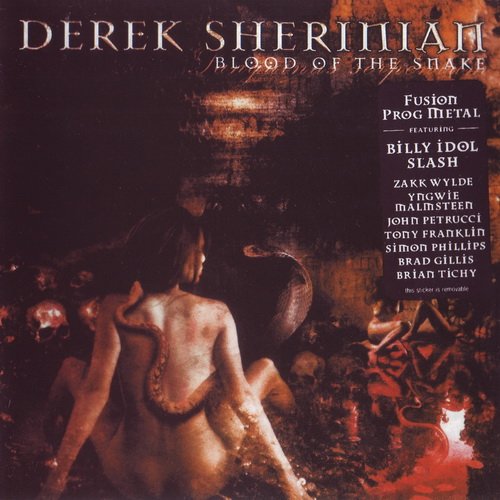Camiel Boomsma - Wagner: Porazzi / Siegmund's Liebesgesang, Il cigno di Palermo (2017)
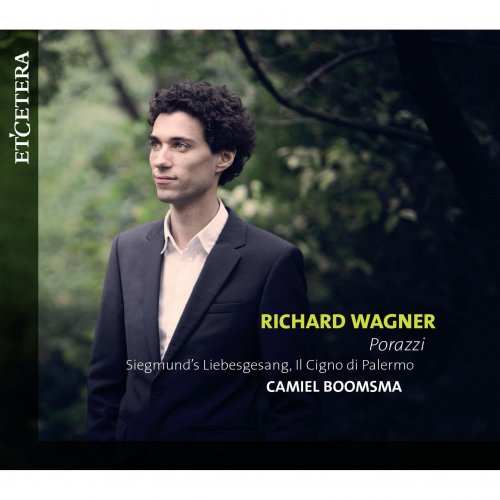
Artist: Camiel Boomsma
Title: Wagner: Porazzi / Siegmund's Liebesgesang, Il cigno di Palermo
Year Of Release: 2017
Label: Etcetera
Genre: Classical Piano
Quality: flac lossless (tracks) +Booklet
Total Time: 00:55:47
Total Size: 153 mb
WebSite: Album Preview
TracklistTitle: Wagner: Porazzi / Siegmund's Liebesgesang, Il cigno di Palermo
Year Of Release: 2017
Label: Etcetera
Genre: Classical Piano
Quality: flac lossless (tracks) +Booklet
Total Time: 00:55:47
Total Size: 153 mb
WebSite: Album Preview
01. From 'Der Ring des Nibelungen', Die Walküre, WWV 86B: Siegmund's Liebesgesang
02. From 'Lohengrin', S. 445 No.2: Elsa's Brautzug zum Münster
03. From 'Parsifal', WWV 111: Vorspiel to Act I
04. From 'Der Ring des Nibelungen', Götterdämmerung, WWV 86D: Brünnhilde's Immolation & Finale
05. From 'Parsifal', WWV 111: Bühnenweihfestspiel-Charfreitagszauber
06. Wagner's Last Glimpse into the Future, Three Pieces Connected: I. Elegie in A-Flat Major, WWV 93
07. Wagner's Last Glimpse into the Future, Three Pieces Connected: II. Porazzi Theme
08. Wagner's Last Glimpse into the Future: Three Pieces Connected: III. Il cigno di Palermo-A Path to Wagner's Porazzi Theme
I am very happy that my colleague Camiel Boomsma is presenting a new brilliant recording featuring a collection of rather unknown, but significant piano transcriptions from the Wagner operas. It is still worth to have a look into that fascinating musical world created by Richard Wagner which inspired many other important composers to make that music come alive again, adjusted for smaller stages and therefore trying to get the essence out of it.
The word ‘transcription’ does not simply a transfer of music written for one instrument to another, without specification. Mozart’s piano sonatas, for example, originated not only from the sound world of the piano but also from a particular conception of sound that goes beyond one particular instrument. Mozart often adapted his operatic style to his piano works, and in so doing crossed the borders of what was considered possible for the instrument. His and Bach’s styles of composing provide a clear argument in favour of the idea that the majority of works composed for piano cannot be considered purely as piano music. The reverse, however, is also true for transcriptions for the piano. Given that Wagner composed at the piano, any transcription of his operatic works must of necessity bear a close relationship to the original.
The Dutch tenor Frank van Aken: “Wagner inspired great pianist-composers to bring his works to new life on the piano. Wagner was considered a revolutionary in his time, full of fire and passion. The incredible attraction of Wagner’s music comes from the elemental forces found only in nature; I continue to discover new timbres in the profound and multiple layers of his music.”
It is precisely these elemental forces that make it impossible to compare Wagner with any other operatic composer. He himself considered that Italian opera was too much concerned with providing its audiences with an enjoyable product. Wagner broke with the old operatic traditions and replaced them with a unified combination of visual art, music, drama, poetry and emotion. Such a conception of sound also necessarily surpasses the operatic medium itself; this throws yet another light on the idea of transcription and of the Romantic operatic paraphrase in particular.
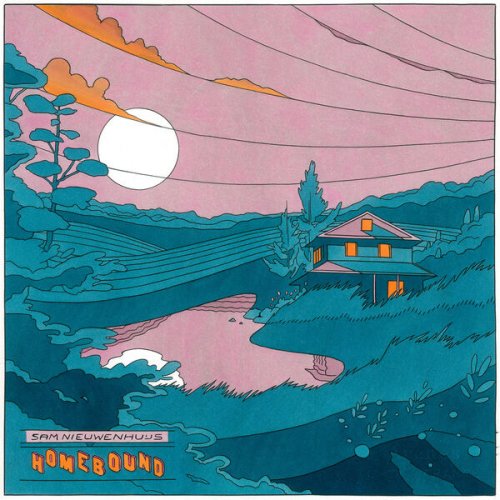
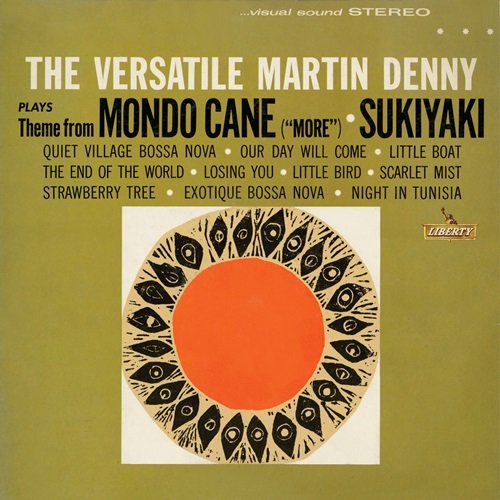
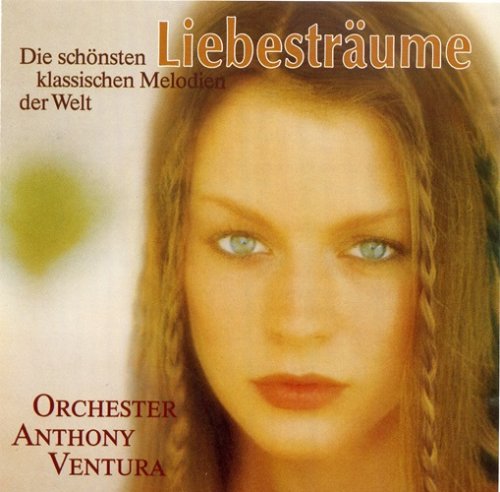
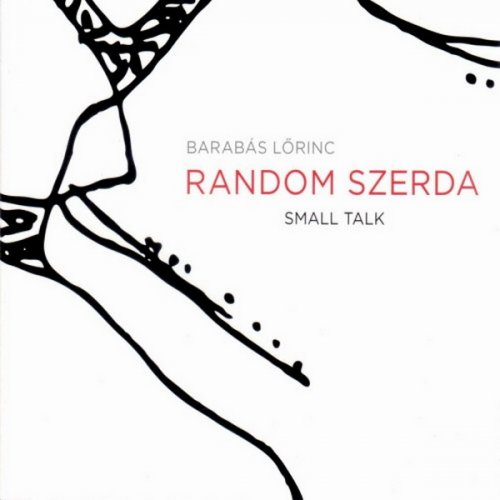
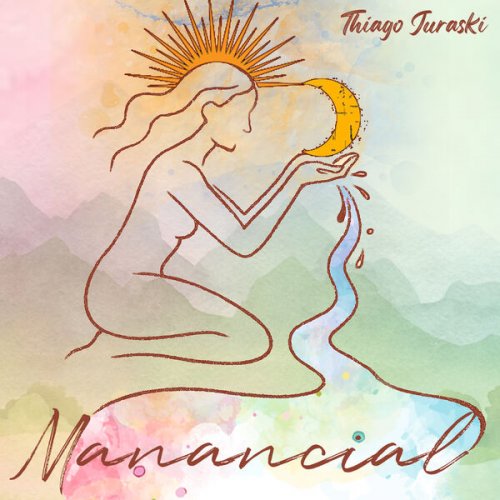
![The Mood Mosaic - The Sexploitation (Pulp Grooves From The Mondo Porno Vault) (2025) [Hi-Res] The Mood Mosaic - The Sexploitation (Pulp Grooves From The Mondo Porno Vault) (2025) [Hi-Res]](https://www.dibpic.com/uploads/posts/2025-12/1766131648_uhod8d4qn4msi_600.jpg)
![Philippe Chrétien, Jeannot Steck - Eclipse - The Album (2025) [Hi-Res] Philippe Chrétien, Jeannot Steck - Eclipse - The Album (2025) [Hi-Res]](https://www.dibpic.com/uploads/posts/2025-12/1766208210_folder.jpg)

